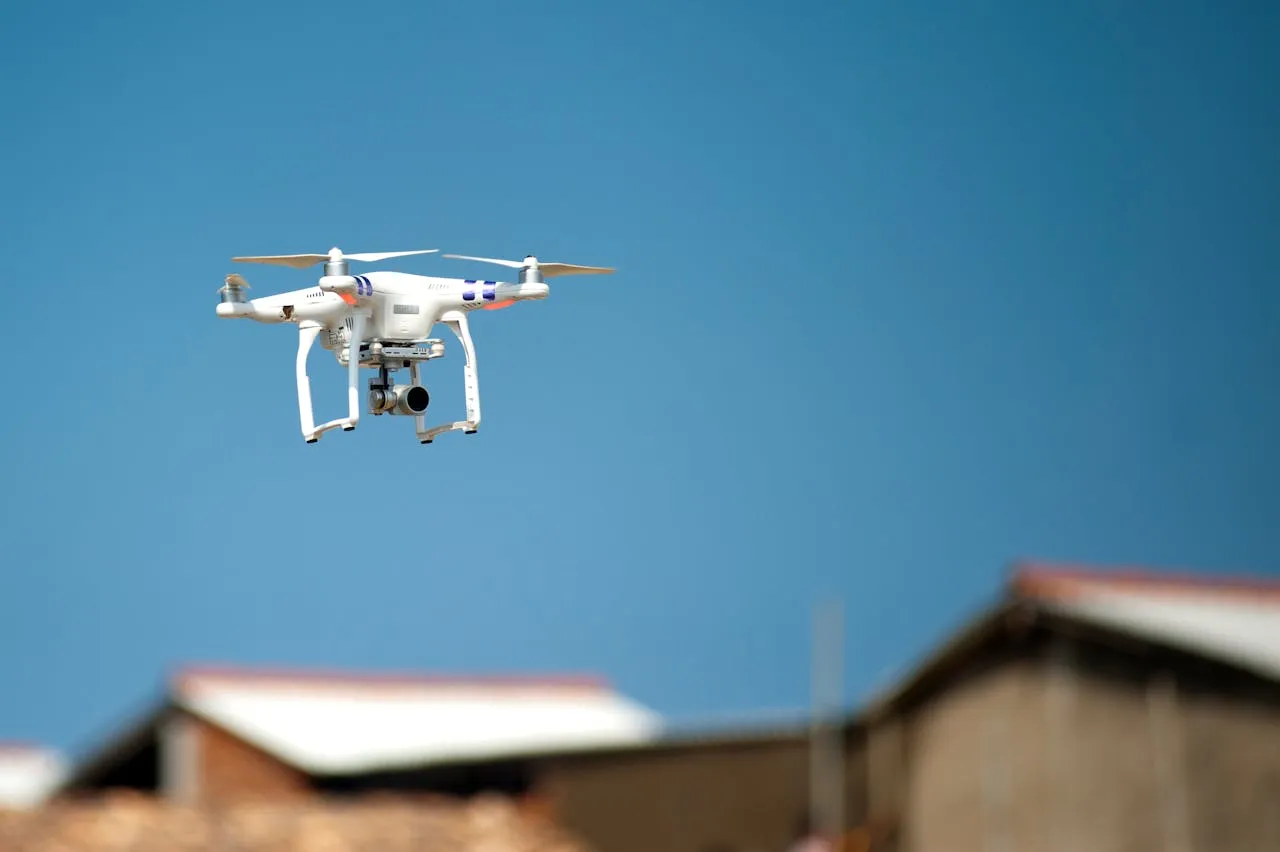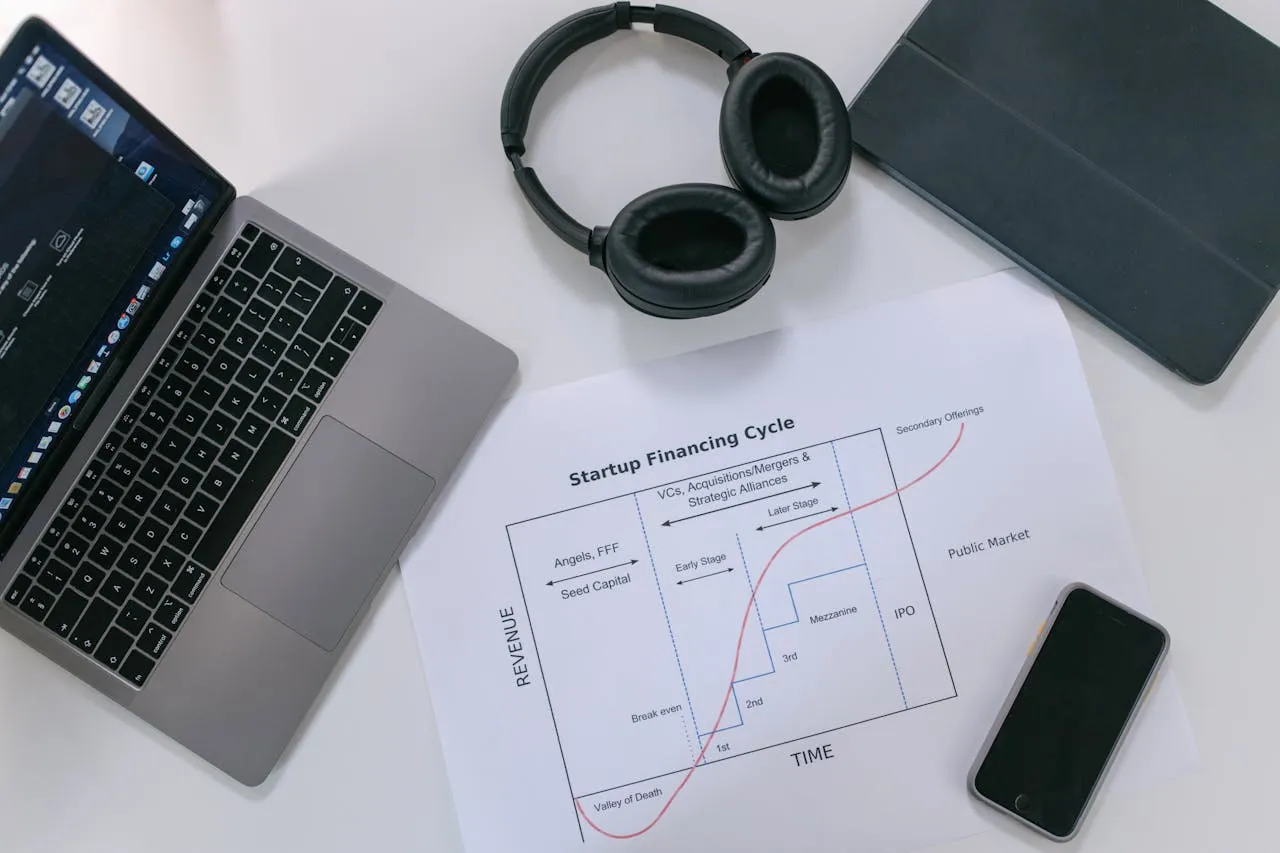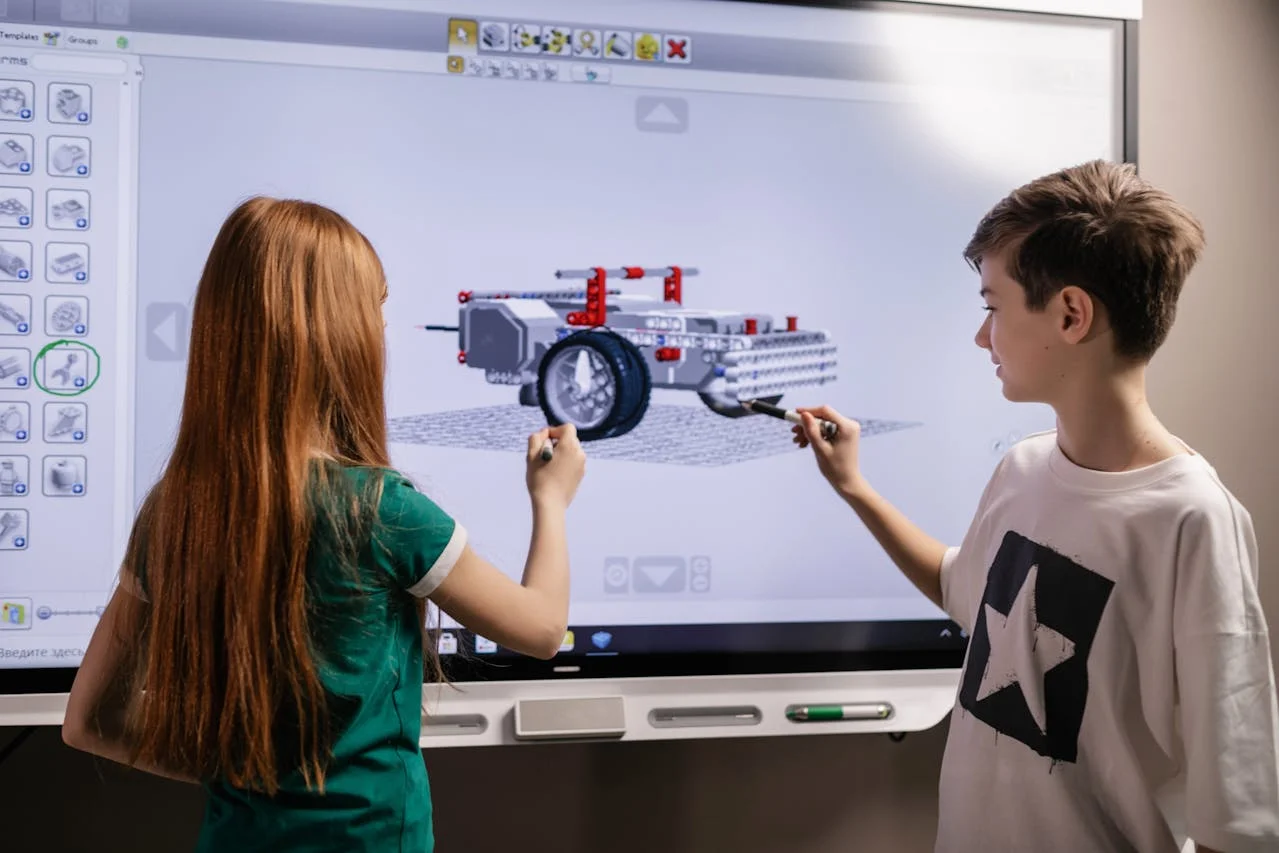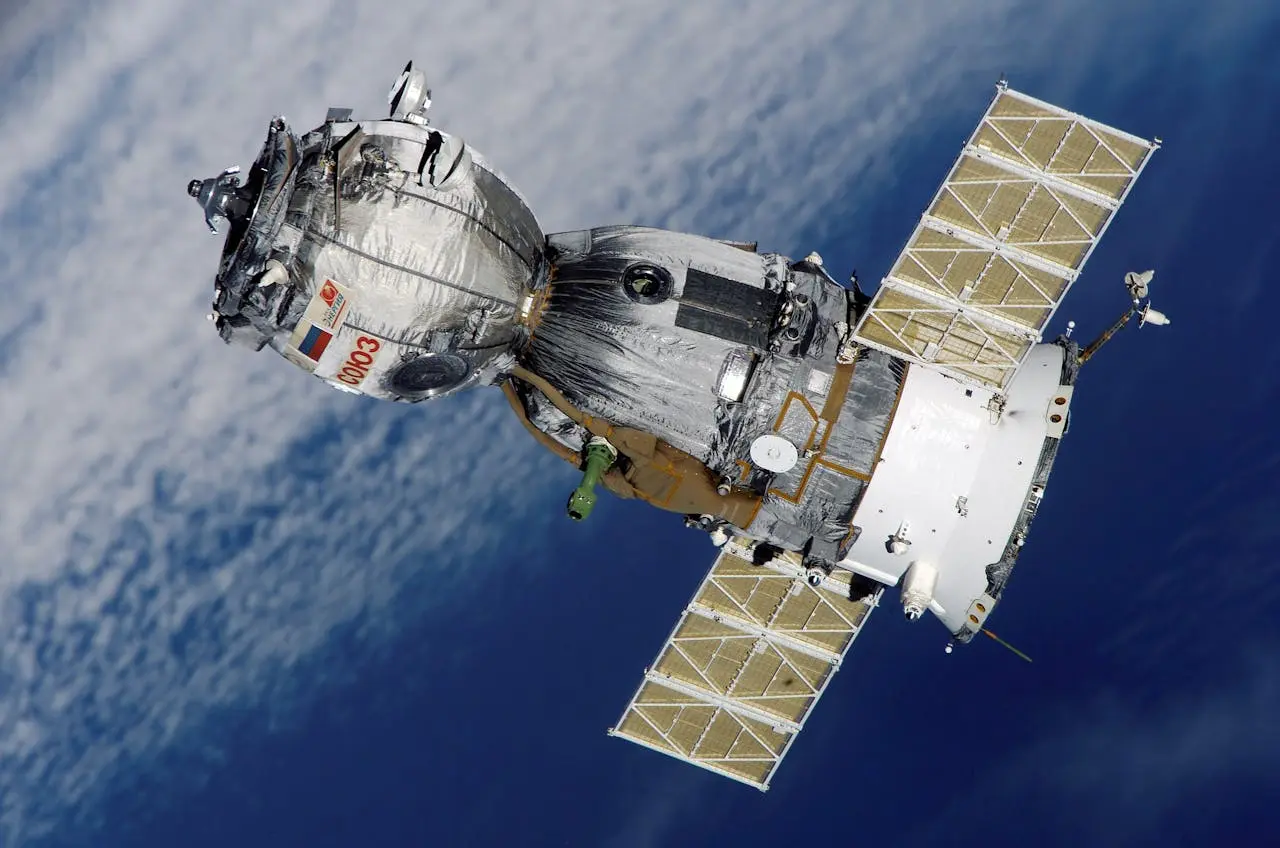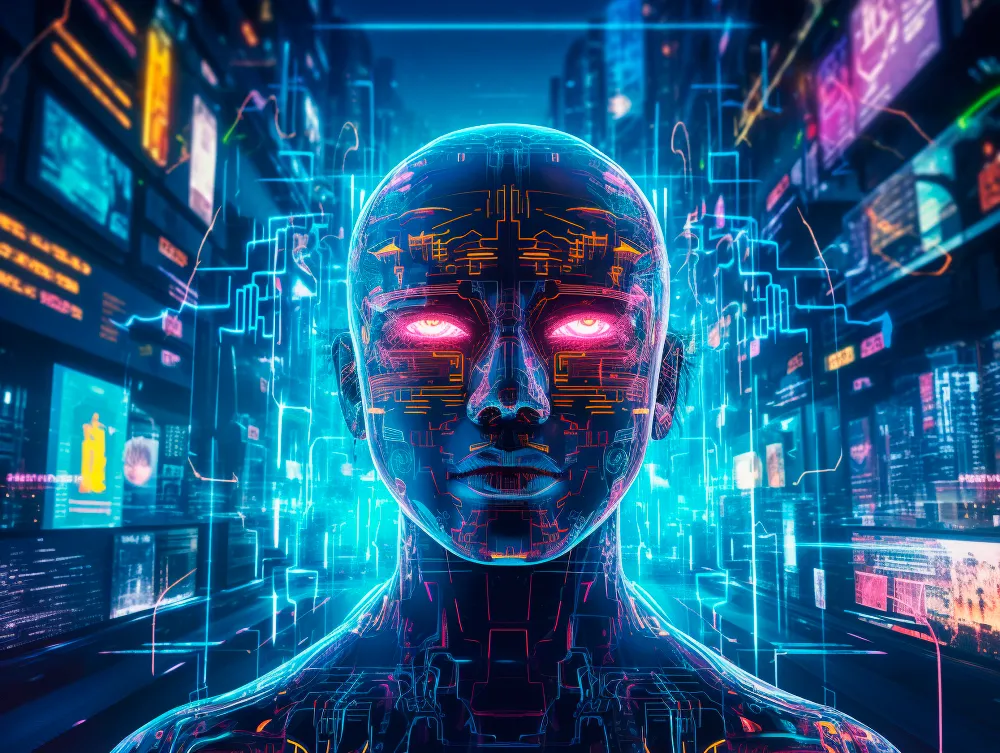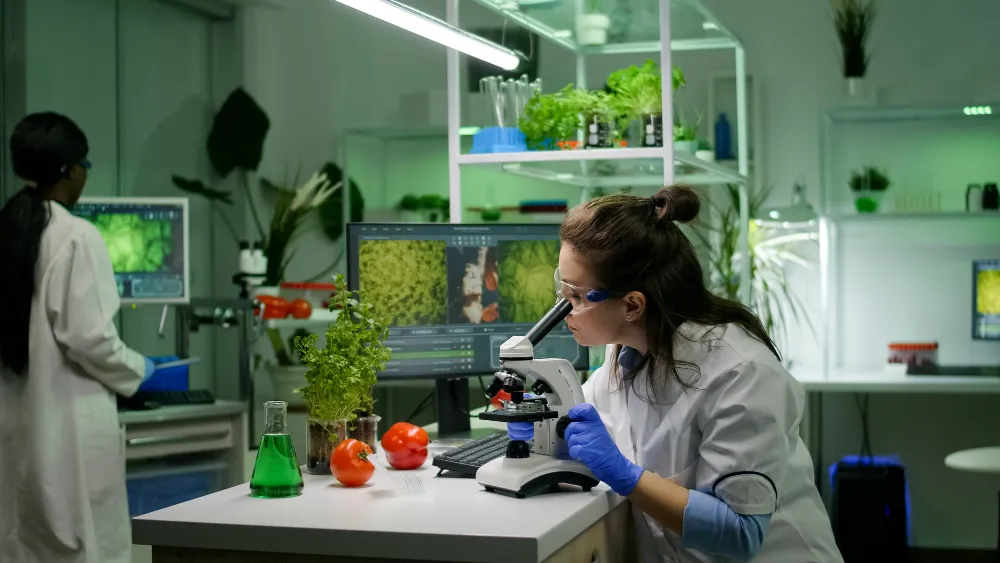Robotics has undergone a remarkable transformation over the past few decades, evolving from simple industrial tools into sophisticated systems that are increasingly integrated into our daily lives. This evolution reflects advances in technology, artificial intelligence, and engineering, as well as a growing understanding of how robots can enhance human capabilities and improve various aspects of society. This article explores the significant milestones in robotics development and the future prospects of this exciting field.
Early Robotics and Industrial Automation
The origins of robotics can be traced back to the mid-20th century when the first industrial robots were developed. These early robots were primarily used for repetitive tasks in manufacturing environments, such as welding, painting, and assembly. One of the earliest examples is the Unimate, introduced in the 1960s, which revolutionized automotive manufacturing with its precision and efficiency. These industrial robots were designed to perform specific tasks with high accuracy, reducing the need for human labor in hazardous or monotonous environments.
Advancements in Robotics Technology
The 21st century has seen significant advancements in robotics technology, driven by improvements in sensors, actuators, and artificial intelligence. Modern robots are equipped with sophisticated sensors that allow them to perceive their surroundings, navigate complex environments, and interact with humans. For example, robots like Boston Dynamics’ Spot and ASIMO by Honda are designed to navigate diverse terrains, avoid obstacles, and perform tasks autonomously.
Artificial intelligence (AI) has played a crucial role in enhancing the capabilities of robots. Machine learning algorithms enable robots to learn from experience, adapt to new situations, and make decisions based on data. This advancement has led to the development of robots that can perform more complex tasks, such as surgical procedures, elderly care, and even customer service.
Robots in Everyday Life
As robotics technology has advanced, robots are increasingly finding applications in everyday life. Domestic robots, such as vacuum cleaners and lawn mowers, are now common household items. These robots use sensors and AI to navigate homes and perform cleaning tasks with minimal human intervention. The success of these consumer robots has paved the way for more advanced applications, including personal assistants and home automation systems.
Social robots, designed to interact with people in a meaningful way, are also gaining popularity. Robots like SoftBank's Pepper and Hanson Robotics' Sophia are equipped with facial recognition, natural language processing, and emotional intelligence, allowing them to engage with humans in conversations and provide companionship. These robots are being used in various settings, including healthcare, education, and customer service, to improve interactions and enhance user experiences.
Challenges and Future Directions
Despite the impressive progress in robotics, several challenges remain. Ensuring the safety and reliability of robots, especially in complex or unpredictable environments, is a critical concern. Additionally, ethical considerations surrounding the use of robots, particularly in areas like privacy and job displacement, need to be addressed as the technology continues to evolve.
The future of robotics holds exciting possibilities. Advances in AI, machine learning, and materials science are expected to lead to more capable and versatile robots. Developments in soft robotics, which focus on creating flexible and adaptable robots, have the potential to expand the range of applications and improve interactions with humans. Furthermore, the integration of robotics with other emerging technologies, such as the Internet of Things (IoT) and augmented reality (AR), could open new avenues for innovation and enhance the functionality of robots.
In conclusion, robotics has evolved from simple industrial tools to sophisticated systems that are increasingly integrated into various aspects of daily life. The advancements in technology and AI have expanded the capabilities of robots, leading to new applications in homes, businesses, and healthcare. As robotics continues to advance, it will undoubtedly play a crucial role in shaping the future and improving the quality of life across the globe.








